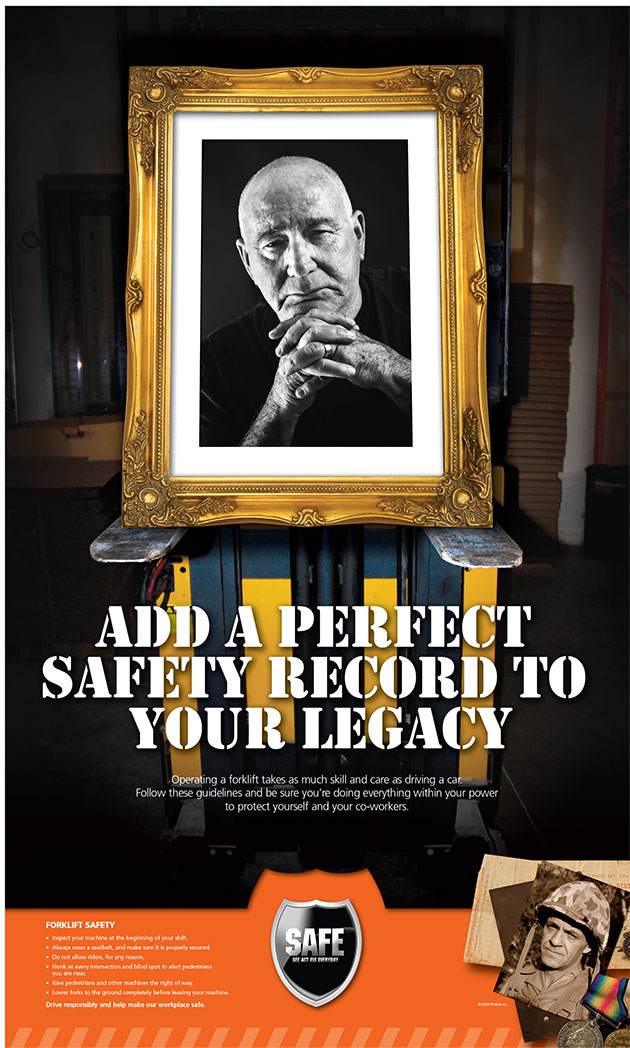The distribution of the population within each generation is relatively even. According to recent figures from the U.S. Census Bureau, traditionalists represent 17% of the U.S. population (48.7 million); baby boomers represent 28% (78.3 million); Gen-Xers make up 23% (63.3 million) and Generation Y makes up 29% (80.4 million).
While any discussion of generational differences is going to be a broad snapshot, it is worthwhile to examine these differences to get a general sense of how attitudes toward careers have formed and what motivates performance. In general, each generation has a collective memory and a unique set of values and beliefs-largely shaped by events and trends that transpired during the group's formative years.
Traditionalists, for example, survived the Great Depression and came of age during World War II. Hard work, a respect for authority, and a command-and-control leadership style are typically hallmarks of this generation.
The collective identity of baby boomers is more complex. This generation grew up as some of the most dramatic social changes in U.S. history were unfolding, such as the civil rights and women's rights movements. Postwar optimism inspired a sense of opportunity and prosperity. For this group, hard work needs to be recognized, and success is often defined by opportunities for career advancement.
During their formative years, Gen-Xers witnessed a number of instances of political and institutional instability (e.g., raging inflation and the Iran-Contra affair). Many Gen-Xers were also "latchkey kids" who were often left alone after school while their parents worked long hours. As a result, they are generally classified as autonomous, self-reliant and skeptical of authority.
Generation Y is known to be very "wired," having grown up in an era of technology that has driven an expectation of immediacy in communication and feedback. In contrast to Gen-Xers, they were raised by baby boomer parents who often had more time and resources for nurturing. This has enhanced millennials' expectations for recognition, rewards and attention in the workplace.
Each generation has different workplace behaviors, which are an outgrowth of their shared experiences.
The Fundamentals of Behavioral Change
If each generation has a collective mindset that helps define their relative needs and motivations, it is easy to see how a one-size-fits-all approach to communication in the multigenerational workplace will fail. Effective communication is driven by insight into what motivates and shapes thinking. A successful communicator needs to understand these motivations to influence any audience.
Each generation also has a collective lens, shaped by shared experiences, through which its members view the world. In addition, each group has unique needs, motivations and learning styles. To take a glimpse through the generational lens is to understand a specific group's perspective and what it takes to change or modify behavior.
The Pareto Principle
According to the Pareto Principle, also known as the 80-20 rule, for many events, roughly 80% of the effects come from 20% of the causes. Employee behavior is no different. For organizations with a multigenerational workforce, there are surefire risks that affect one demographic group more than others.
A generational approach to communication is designed to focus a specific message on a specific audience. This targeted approach aims to deliver better results in a shorter period of time compared to an overall communication program aimed at all employees companywide.
As part of the generational approach to workplace communication, organizational risks are examined from a demographic perspective. For instance, accident rates and the cost of those incidents can be analyzed to pinpoint which generational groups may expose the organization to a greater level of risk and potential loss. Then, audience-specific messaging to address these issues can be created for high-risk groups. Keep in mind, this is not about increasing the complexity of the communication effort by designing a specific message for each generation. Rather, it is about targeting the message to the group that will likely have the biggest positive impact on the organization with a change in behavior.
The campaign concepts featured take an in-depth look at the topic of forklift safety from a multigenerational perspective. The examples demonstrate-in an exaggerated fashion-how that messaging could shift from one generation to the next based on the unique generational profile.

A. Traditionalists endeavor to build a lasting legacy-one of stability, order and structure. "Add a perfect safety record to your legacy" appeals to the intrinsic motivation that drives many members of this demographic group.

B. Baby boomers tend to be workaholics who measure their self-worth by how far they have climbed up the corporate ladder. "You can't move up by knocking things down" plays right into this mindset.

C. Gen-Xers generally prefer to avoid defining themselves strictly by their careers and more by their broader responsibilities in life. "Someone is counting on you to work safe" captures the essence of this thought, motivating this generational group by tapping into this deeply held conviction.

D. Gen-Yers are typically categorized as confident and fearless, yet they are particularly protective of their peers. "Don't drive your friend into an early grave" is the type of hard-hitting, bold communication required to drive home a message about workplace safety.
Though helpful to follow, it is important to understand that the workplace behaviors outlined here are only a starting point. There will always be inherent differences within each generation. Still, a broad generational perspective can provide the insight necessary to engage a large portion of their workforce in the most cost-effective manner.
Regardless of the industry, employees are the lifeblood that drives the business. Reaping the most value from employees and tapping into their potential depends on the manager's ability to engage them. By taking a multigenerational perspective in employee communications, companies can more easily reach a particular audience, develop a more targeted approach for internal messaging and even learn what is likely to motivate and influence workers.
